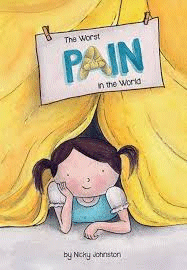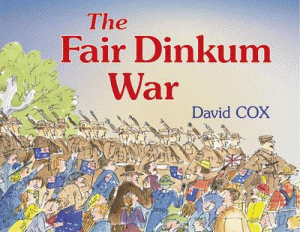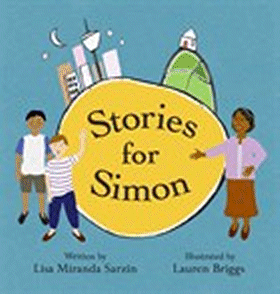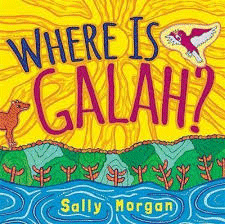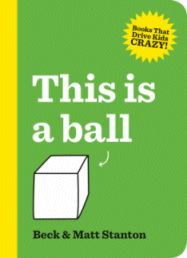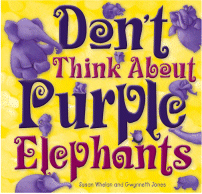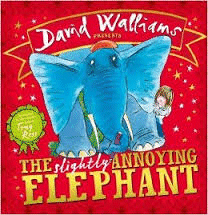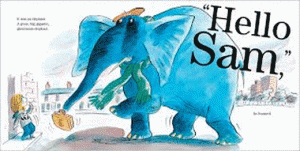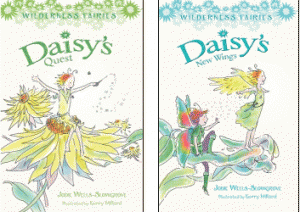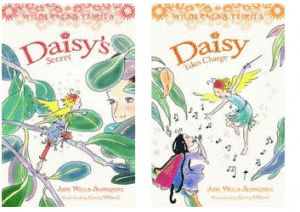The Worst Pain in the World
Nicky Johnston
Arthritis Foundation of Victoria, 2014
pbk., 32pp., RRP $A14.95
9780992545215
Bella is just like every other little girl with a birthday on the horizon. She’s so excited preparing for it doing all the things that other little girls do. This is going to be a VERY special day for her.
On birthday morning, Bella wakes up really excited, like all other little girls, but unlike other little girls Bella’s body is wracked with pain. Her legs ache, her arms are stiff like rusty robots – it even hurts to brush her hair! Yesterday she could do anything she wanted, today she can scarcely move and all those things she was looking forward to will be impossible. While everyone else comes and has a fabulous time, she will only be able to sit and watch. For Bella has arthritis, a disease that strikes at least 1 in 1000 kids in Australia, particularly girls.
Arthritis is an invisible pain, so while her guests need bandaids, and ice and sign Ethan’s cast on his broken arm, no one sees Bella’s pain, particularly as she tries to hide it because even worse than the physical pain is the pain of missing out on the fun and NOT being like all the other girls. Even though she is in too much pain to eat her birthday cupcakes, to play the games or even open her presents no one notices until she bursts into tears when Dad takes the group party photo. That changes things…
Arthritis is an insidious, invisible chronic disease with many symptoms but it is characterised by pain and tiredness, and sometimes the meds for it can be as horrible as the disease itself. And the invisibility wears two cloaks – firstly there are no outward signs of it, no marks or rashes or bruises or deformities and that then makes it invisible to teachers, friends and sometimes families. So often it is not treated as seriously as more obvious things like cuts, breaks, diabetes, asthma and so forth. Yet it is very real and debilitating. This book, which is an essential in any collection and which should be brought to the attention of teaching staff, shines a light on this cruelty giving it visibility and validity.
But as Bella shows, even worse than the physical pain is the pain of being different, of being left out, of not being like all the other kids and so at the end there are suggestions for how schools can seek help to help students with the disease as well as ideas for individuals to manage it. Many of these are adaptable to the school situation such as wearing a badge so that others recognise the day’s pain level and having worthwhile, fun activities available as alternatives to activity when necessary. Having arthritis is tough enough without being marginalised because of the pain.
Seek out the Bellas in your school and talk to them, their parents and their healthcare worker to make the library a welcoming and safe haven for them on the days when the jumping castle is a bar too high.
